

Anthony Crawford
1990 Lamborghini Countach review
5 Days Ago

Contributor
Of all the foreign takeovers of traditionally British brands, it is hard to argue that BMW’s acquisition of Mini at the turn of the new millennium has been anything but successful.
The German marque has successfully reinvented its British subsidiary from a manufacturer of functional but dated vehicles, into a fashionable and urban-chic lifestyle brand.
One of the reasons why Mini has achieved this is by continually building brand equity through a consistent, iconic design language.

Icons can be identified by a distinctive silhouette, and Mini – similar to Porsche – has adopted a core set of design elements that have proliferated through the entire model range, such that an onlooker can easily recognise a Mini even if they might not know the specific model or variant.
The recently revealed Aceman concept car previews a new generation of Minis designed from the ground up (rather than adapted from combustion counterparts) to be electric, and thereby clues us in on how the fundamental Mini design principles can transfer.
It is expected that a toned down version of the Aceman itself will go into production in the near future.
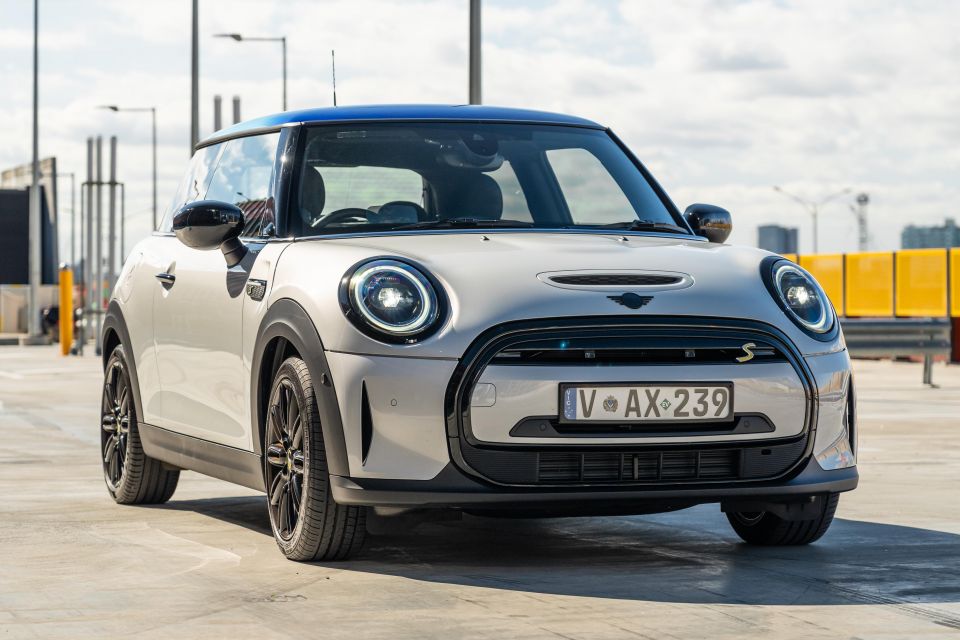
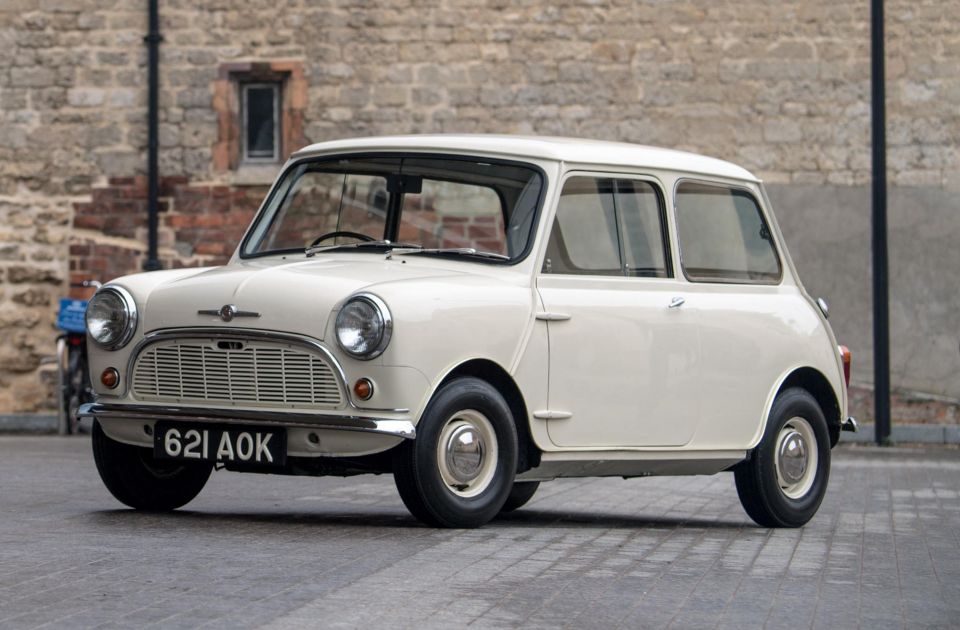
Modern Minis all feature a common set of design elements that draw on the classic 1959 Morris Mini, whilst also introducing a few contemporary embellishments.
The fundamental basis of a Mini are its proportions, and all Minis sold today retain the ‘wheel at each corner’ stance of the classic hatch, with minimal front and rear overhangs.
Another distinguishing feature of the classic Mini is a strong waistline that runs almost parallel to the roofline, paired with a two-box shape with a distinct bonnet and cabin.
The exterior design in the classic Mini is capped off with a set of round headlights for a distinctive face, and slim vertical tail-lights.
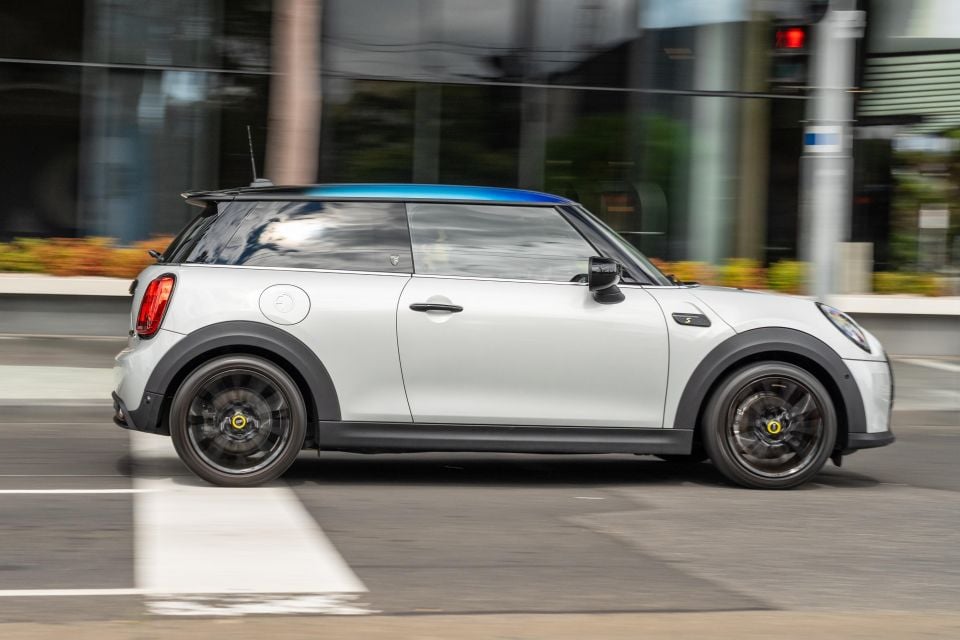
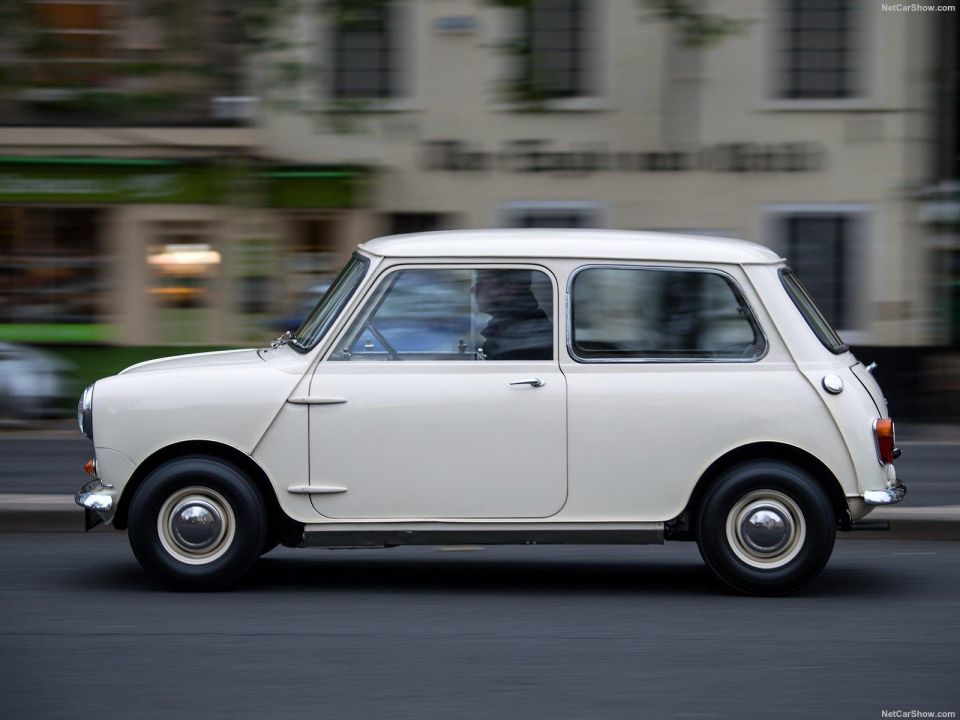
Today’s Minis continue with the two-box silhouette akin to the original, and place greater emphasis on the roofline and waistline through the use of blacked-out A, B and C pillars to create a ‘floating’ roof design.
The roofline on newer models is also angled back slightly towards the waistline, creating a more sporting appearance that creates the impression of a car that is poised and ready to launch.
Most models in the current lineup have also retained circular headlamps and a vertical tail-lamp design, with the exception of the latest Clubman which utilises a horizontal arrangement.

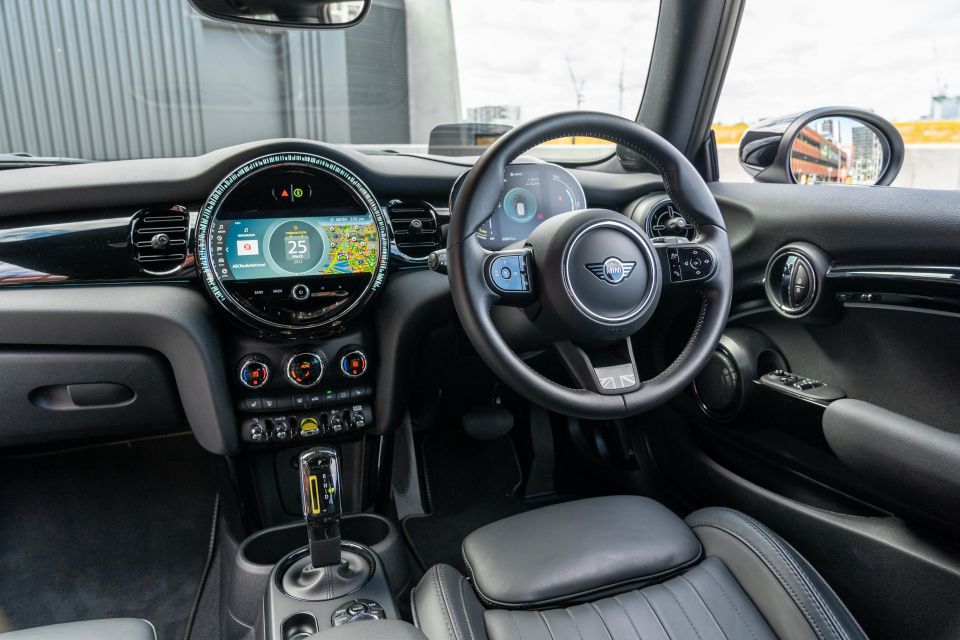
One of the main areas of departure between classic and contemporary Minis are the interiors. Sir Alec Issigonis designed the original Mini as an affordable and functional car, and correspondingly the interior was stripped back to the essentials – not much more than a central circular speedometer by Smiths, and a set of toggle switches below.
The current Mini range has amplified these circular motifs to the extreme to create a more premium, vaguely steampunk interior.
Far more richly upholstered, models in the current range place emphasis on a large circular surround for the infotainment system, and use ovoid or circular designs for features such as the air-vent surrounds, door trim cards and even the door handles.
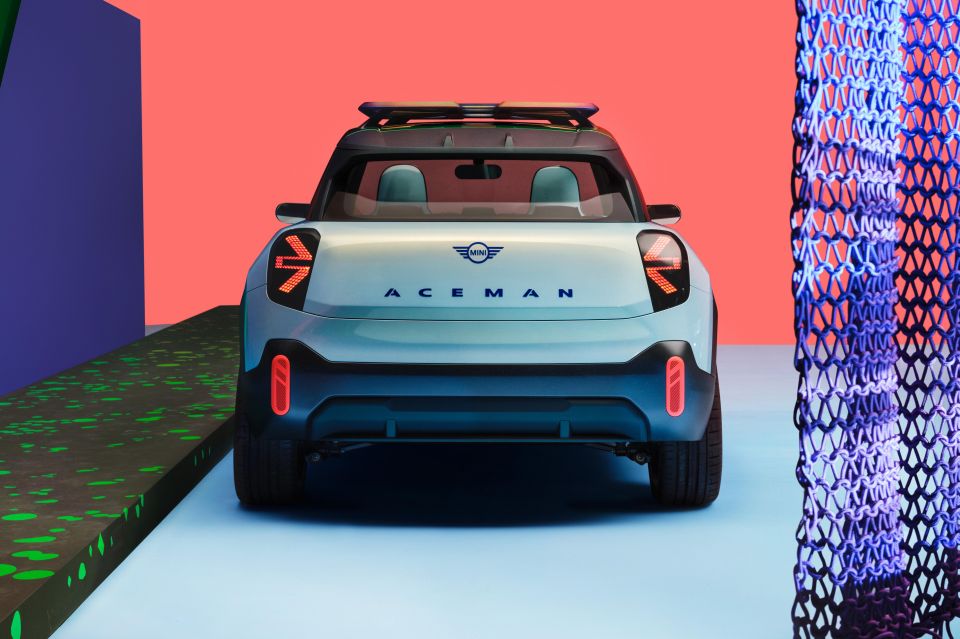
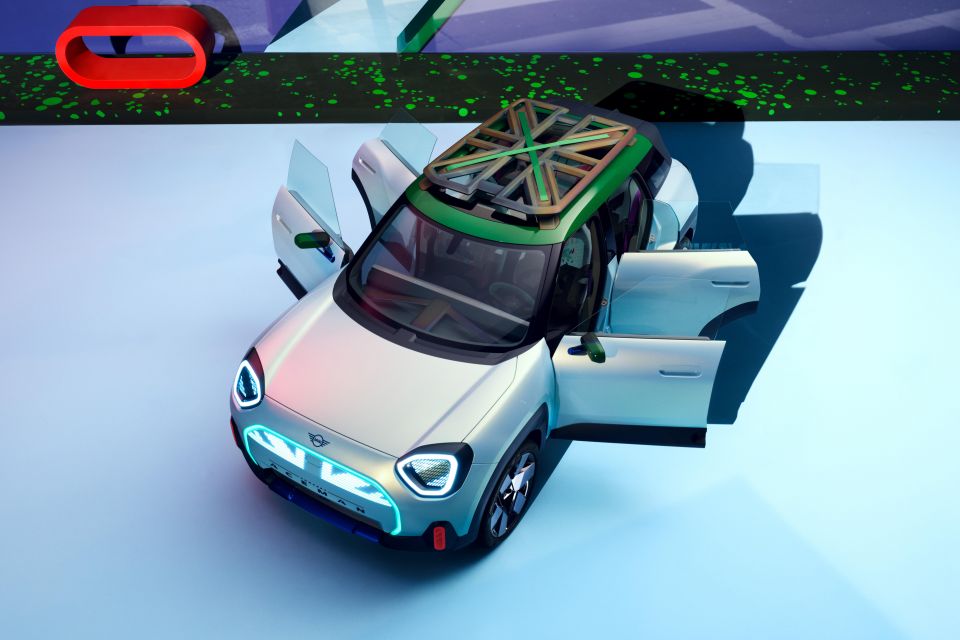
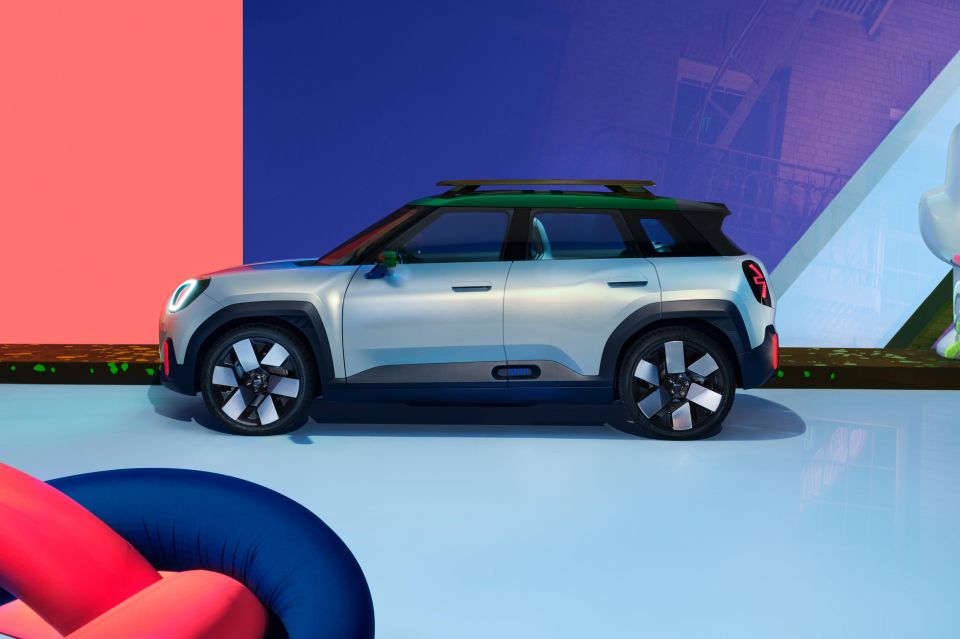
The “Charismatic Simplicity’”design philosophy behind the Aceman can best be summarised by Mini design head Oliver Heilmer, who notes that:
“The purely electric vehicle concept means the design can again be geared more towards Mini’s traditional basic values, in terms of the principle of using space creatively.”
What this means is that the next generation of Minis, as previewed by the Aceman concept, will move away from some of the garish and retro-futuristic design elements currently present (especially in the interior), and place more focus on simplifying key elements while emphasising practicality.
With a length of 4.05 metres, the Aceman retains the compact proportions and wheel-at-each-corner stance of the current and classic Mini range.
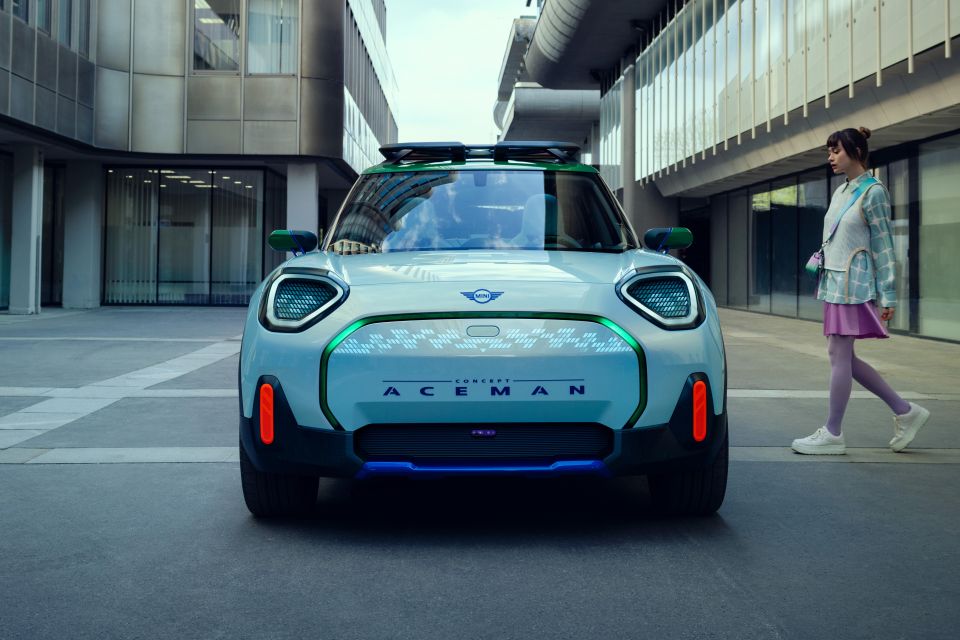
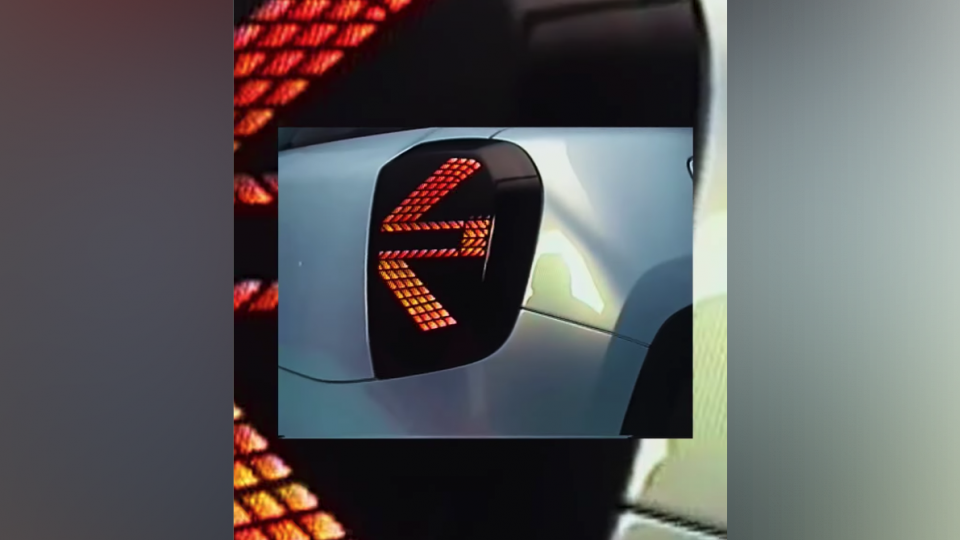
Despite being built from the ground up as an electric vehicle, the two-box silhouette is also preserved, with blacked out A, B and C pillars ensuring that the design continues to emphasise a strong waistline and slightly sloping roofline.
The Aceman brings a more geometric interpretation to other elements of Mini design, with the brand-typical circular headlights replaced by a more angular alternative, and a more pixelated variant of the Union Jack LED tail-light arrangement that is a hallmark of the current range.
The interior is perhaps where the most significant advances have been made.

The classic Mini featured one instrument, a speedometer, mounted in the centre of the interior. Despite having orders of magnitude more technology, the Aceman aims to create a modernised version of this using a single circular OLED display that integrates all functions based on software using the Android Open Source Platform (AOSP), plus a set of physical toggle switches.
All other excess chrome and circular motifs have been deleted for a heavily simplified dashboard with an emphasis on width and gentle curvatures.
Mini has committed to making more sustainable cars, and apart from a promise to only sell EVs from 2030, has also stated that it aims to gradually phase out the use of leather in its upcoming models.
The Aceman marks the first leap in this direction, evidencing how Mini will drop leather without losing the premium feel that this material usually carries.
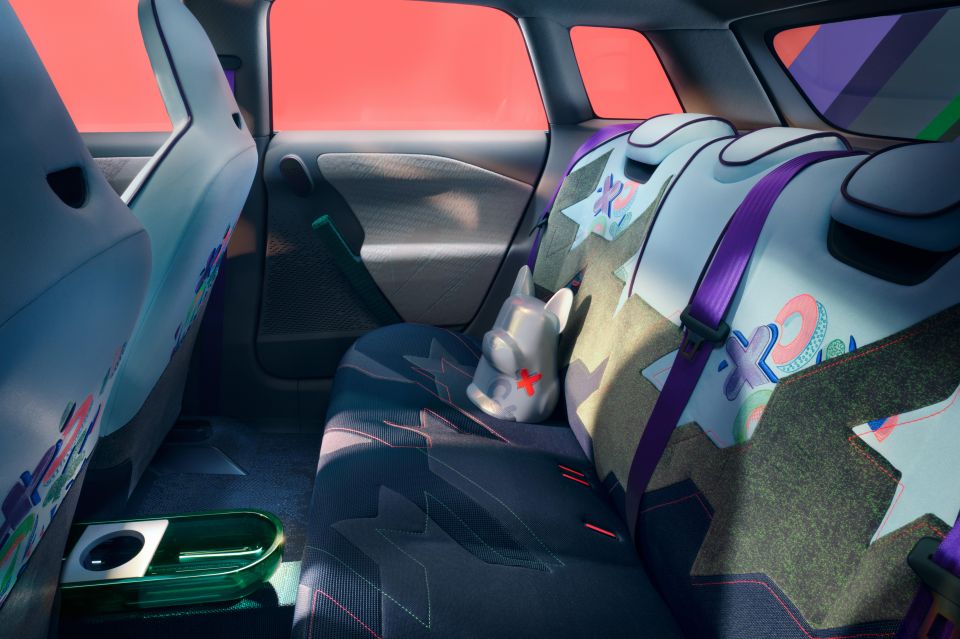
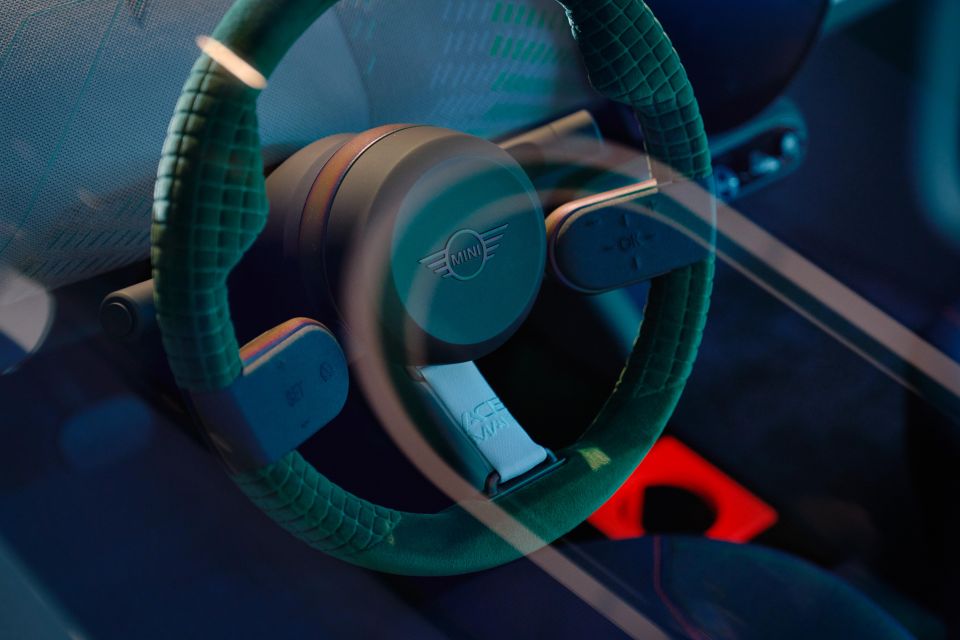
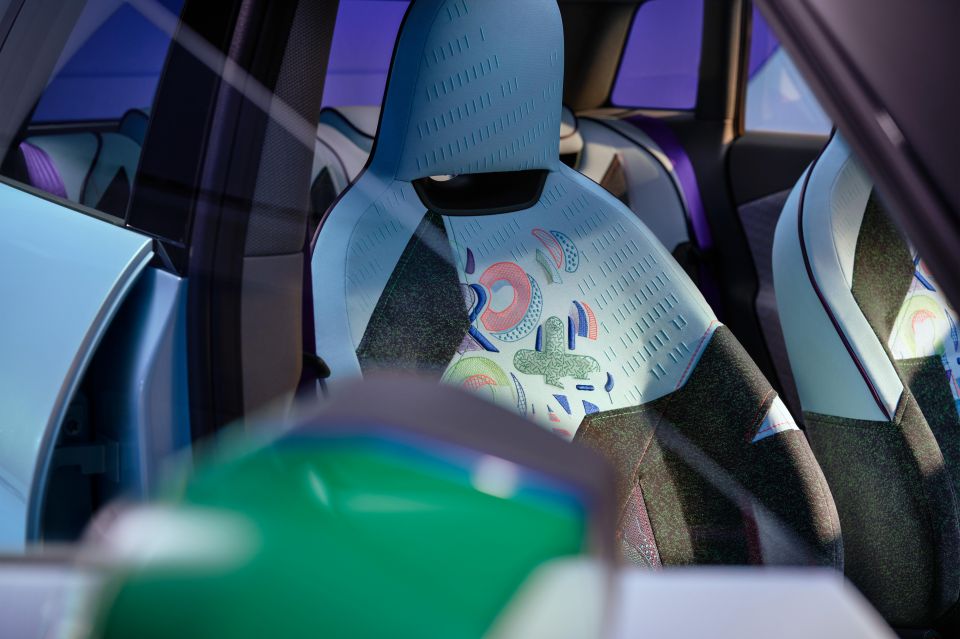
Soft, knitted surfaces feature heavily, with the dashboard covered in this material, whilst the steering wheel makes use of a velvet velour fabric to feel particularly comfortable to the touch.
Meanwhile, fabric is also used on the seats, which Mini claims uses a “combination of textile flat knit, velvet velour and waffle weave, and an over-dimensional houndstooth pattern” to achieve a three-dimensional look.
The overall effect is one that draws from the Scandinavian living-room feel of the revolutionary BMW i3 to create a calm, homely and spacious atmosphere, helped further by the use of contrasting colours to create a brighter feel.
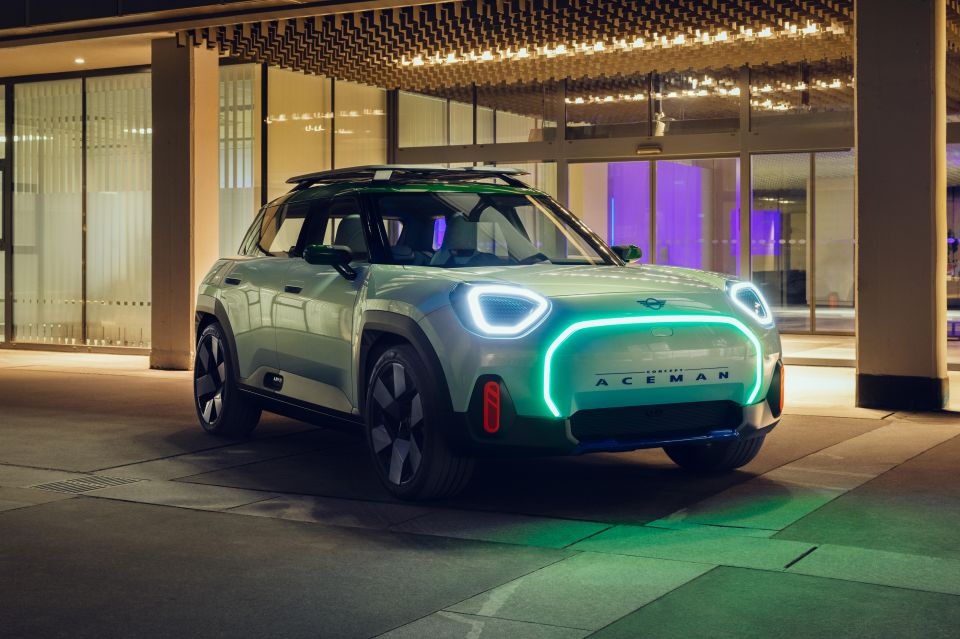
Mini claims that the Aceman concept is 80 per cent true to the final production design. On the exterior, this means that whilst the overall shape, size and proportions are realistic, some of the details will change for vehicles on the road.
This is likely to include the Union Jack roof rack, the contrasting orange elements in the lower front bumper, as well as the headlight graphics and illuminated Union Jack front grille.
On the inside, the most likely elements to make production are the OLED infotainment display and toggle switches below, with spy shots of the next generation Mini Cooper hatch confirming a similar production arrangement.
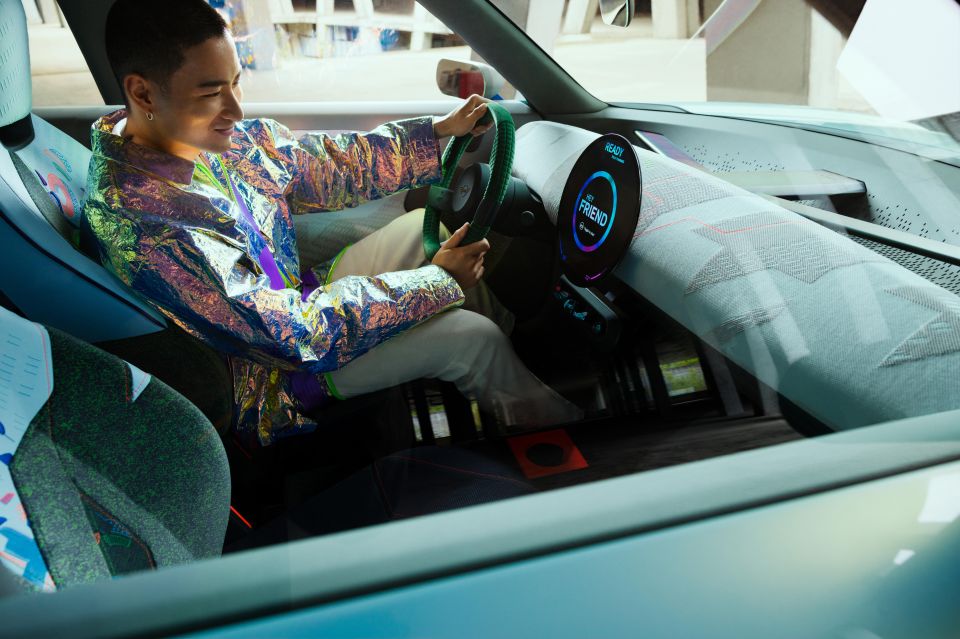
It is also possible that some of the material choices may be available as an option, in perhaps a more toned down format. For example, it is difficult to see the velvet steering wheel passing durability tests in its current form.
MORE: Mini Concept Aceman EV concept revealed
Dig these weekend design pieces? More can be found here:
MORE: Design Exposé – Hyundai Ioniq 6 MORE: Design Exposé – Lexus RX MORE: Design Exposé – Range Rover and Range Rover Sport MORE: Design Exposé – Maserati MC20 MORE: Design Exposé – BMW 7 Series and i7 MORE: Design Exposé – Hyundai Ioniq 5 MORE: Design Exposé – Renault Mégane E-Tech Electric MORE: Design Exposé – Kia Sportage MORE: Design Exposé – Volkswagen Golf R MORE: Design Exposé – Porsche Carrera GT MORE: Design Exposé – Hyundai i20 N MORE: Design Exposé – BMW M4 (G82) MORE: Design Expośe – Mercedes-AMG GLE63 S
Where expert car reviews meet expert car buying – CarExpert gives you trusted advice, personalised service and real savings on your next new car.


Anthony Crawford
5 Days Ago


Matt Campbell
4 Days Ago


James Wong
3 Days Ago


Max Davies
2 Days Ago


Josh Nevett
22 Hours Ago
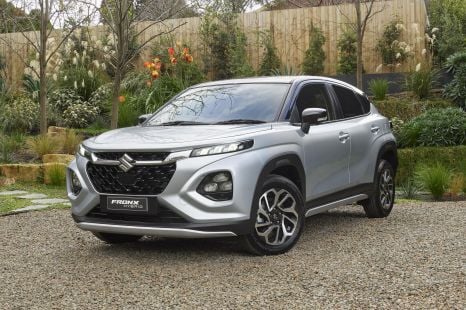

William Stopford
18 Hours Ago